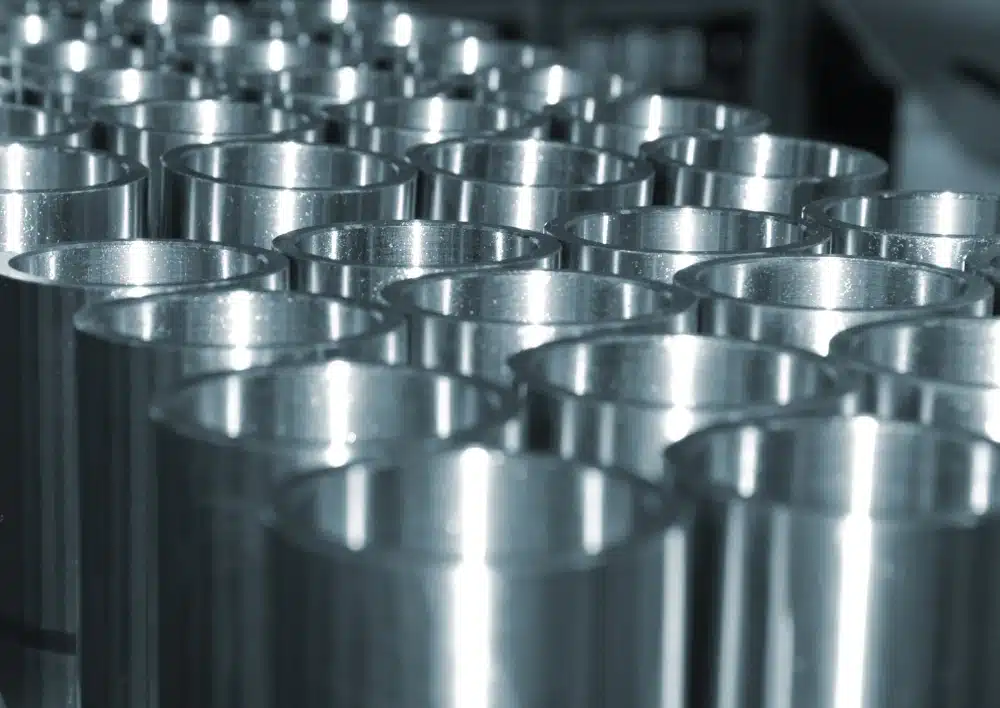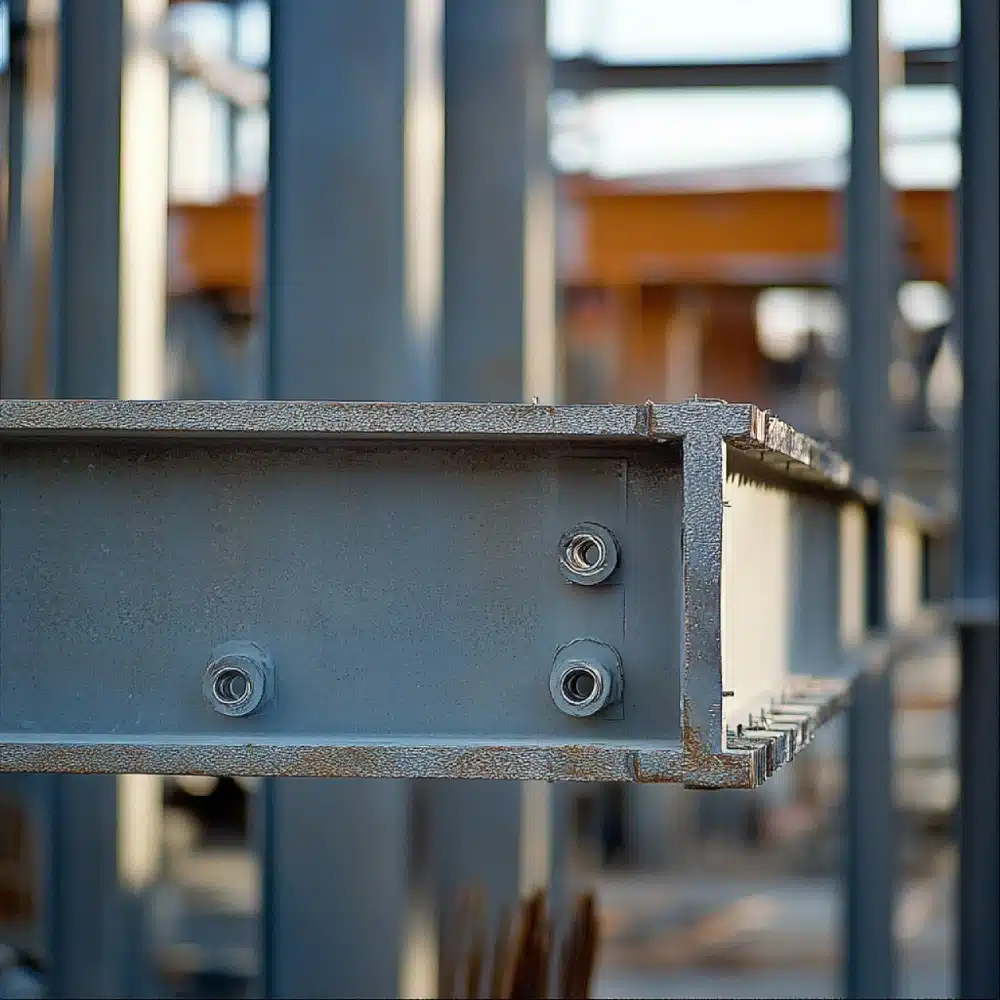At Hierros Mora Antón, we work with different types of steel and iron every day. Among them, stainless steel stands out for its strength, durability and impeccable appearance. But many customers ask us: ‘Why doesn’t it rust like ordinary iron?’ The answer lies in chromium, and a natural process called passivation.
The role of chromium
Stainless steel is an iron alloy to which at least 10.5% chromium is added.
This chromium reacts with oxygen in the air and generates a very thin layer of chromium oxide. This layer is invisible but acts as a real ‘protective shield’ against corrosion.
Passivation: the protective barrier
This phenomenon is called passivation.
- It creates an invisible film that protects the metal.
- It prevents oxygen and moisture from meeting the iron.
- If the surface is scratched or cut, the layer regenerates automatically if there is oxygen.
This is why stainless steel retains its shine and strength over time. Even after cuts or welds, it automatically regains its natural protection, making it a very reliable material for demanding projects.
Does stainless steel never rust?
In most applications, no. But in very aggressive environments (salt water, strong chemicals, lack of oxygen), localised corrosion may occur. That is why there are different types of stainless steel: from the most common, such as AISI 304, ideal for indoor use, to higher grades such as AISI 316, designed to withstand marine or industrial environments.
Advantages for your projects
- Durability and resistance to corrosion.
- Minimal maintenance, ideal for high-traffic infrastructure.
- Clean and modern aesthetics, highly valued in architecture and design.
- Recyclable and sustainable, contributing to more responsible construction.
Stainless steel is not magically immune: it is the science of chromium and passivation that makes it such a reliable material for industry, construction and everyday use.
At Hierros Mora Antón, we always recommend it when seeking a balance between strength, aesthetics and sustainability in long-term projects.




